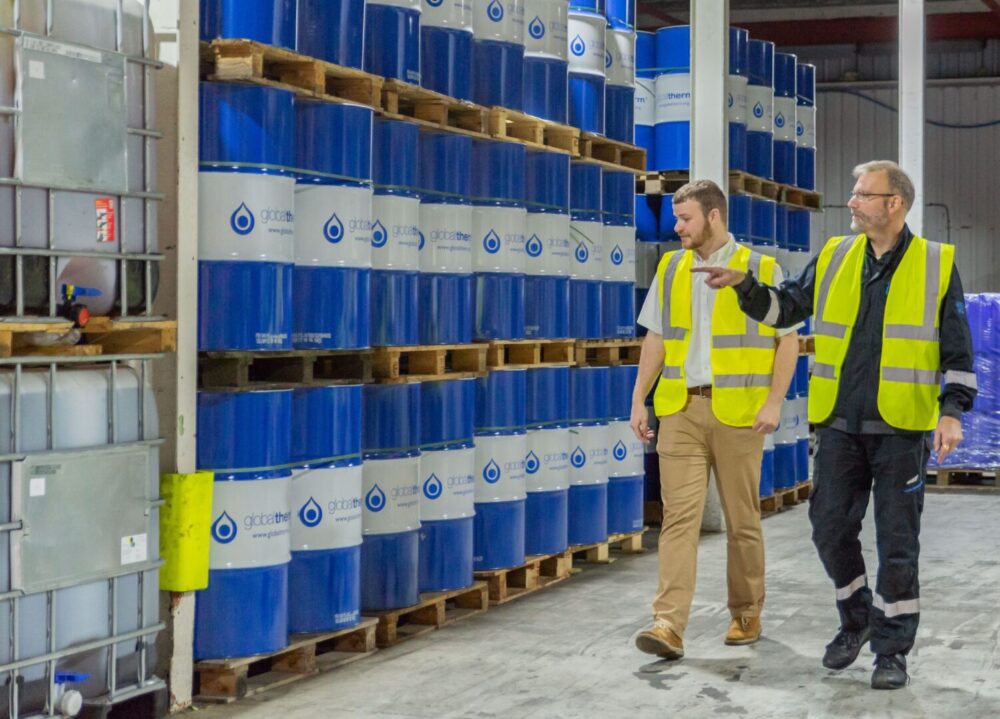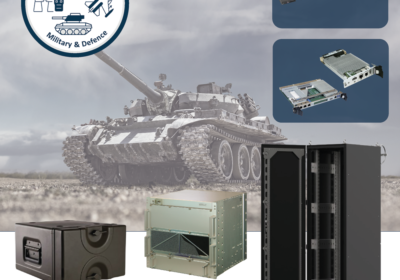~ How to prevent water ingress when storing and using thermal fluid ~
You will have heard the saying, oil and water never mix — and this is true when working with thermal fluids. While many manufacturers focus on maintaining thermal fluid once it enters the system, how they maintain the oil beforehand is also vital to operations. Here Dave Dyer, technical sales engineer at thermal fluid expert, Global Heat Transfer, explains the impact of water ingress and how businesses can avoid it.
Businesses commonly store thermal fluid containers on site to maintain uptime by ensuring they can access oil immediately when they need to top up or refill the system. Storing the oil correctly is key to ensuring that once a heat transfer fluid enters the system it will work as effectively as possible throughout its lifespan. Water ingress is one of the main reasons why oil can become unusable during storage, so knowing how to avoid it is key.
Causes of water ingress
Where businesses store oil will impact its efficiency once introduced to the system. When storing barrels or intermediate bulk containers (IBC) outside, for example, rainwater can collect on top of storage containers. As the temperature changes, oil containers will expand and contract, causing a vacuum, especially if they were stored in a warehouse and then are left outside for any period of time. This may syphon water from the top of the barrel, even if the barrel or IBC is sealed, making the oil unusable. Even if the barrels are covered, the condensation on the inside of the cover can cause the same issue, but to a lesser extent. The greater the temperature change, the larger the expansion and contraction, so extreme weather or changing storage conditions will create the most damage.
If, by any chance, a mixture of oil and water does enter the system, it will flash off
as it gets up to temperature. One litre of water creates between one and 1.5 cubic meters of steam, drastically increasing the pressure inside the system, increasing the risk of incidents. As pressure increases it pushes the oil into the expansion tank, out of the vent and into the dump tank, where it vents at the running temperature of the thermal fluid, potentially creating a risk that could be easily avoided with a little extra care and attention.
Keep it inside
The most effective storage method is keeping the new oil inside, away from weather and extreme temperature changes. Placing it safely away from forklift trucks and machinery that could damage the containers will reduce the chance of the oil being spilt onsite. Storing oil in a bunded area, a short wall of brick, concrete or other non-porous material that creates a barrier, means that if an accident occurs, the area prevents oil from spilling into waterways or sewers, reducing the impact of spilt oil.
Solving water ingress issues
Taking steps to safely and effectively store thermal fluid enables manufacturers to prevent water ingress and maintain the quality of the oil, reducing costs and waste.
However, if water does compromise the heat transfer fluid, businesses should take measures to restore the oil to its original condition. Engineers can work with thermal fluid experts to carry out thermal fluid analysis which will tell them if water has compromised the fluid. If water is present engineers can try and boil the water off the fluid by keeping it at a lower operating temperature, reducing the risk to employees working on the site. This process can take days, increasing periods of costly downtime while the oil condition is restored. If there is only a little water in the system, businesses can also get an expert to commission a Light Ends Removal Kit (LERK) to draw the water off the oil. Thermal fluid analysis and light ends removal can be carried out as part of a preventative maintenance strategy such as thermal fluid maintenance programme Thermocare.
There are times when water and oil don’t mix and thermal fluid systems are a perfect example of why they shouldn’t. When working with thermal fluid systems that operate at high temperatures, keeping oil and water separate is vital to keeping employees safe and reducing downtime.
Find out more about how you can maintain thermal oil on the Global Heat Transfer website https://globalhtf.com.








